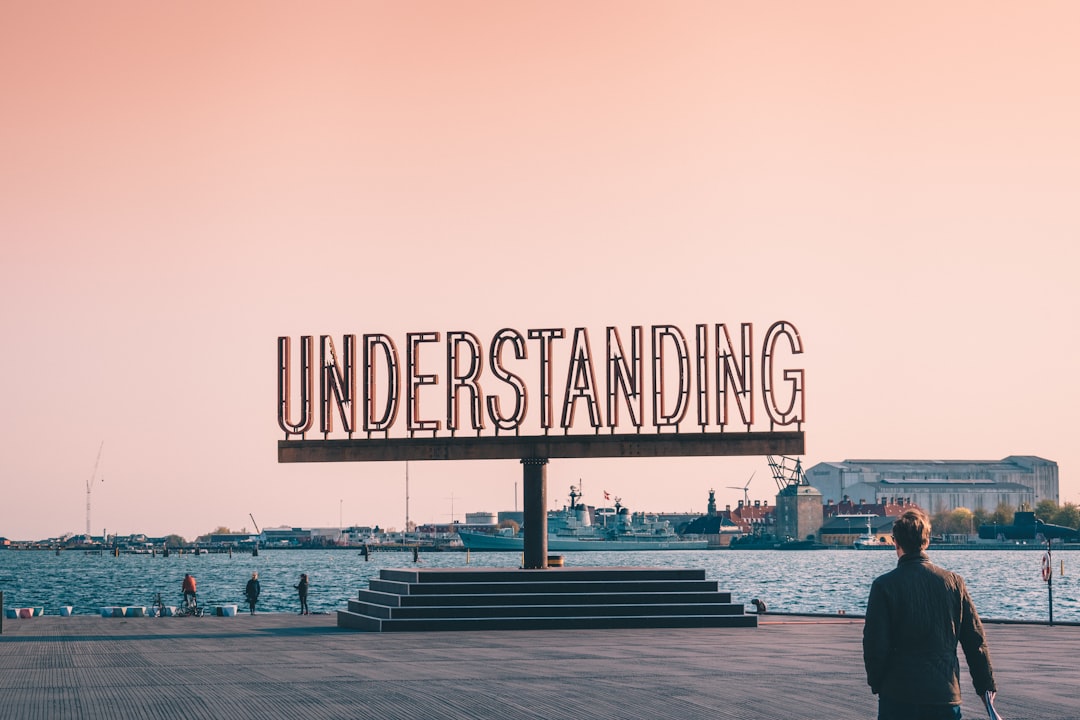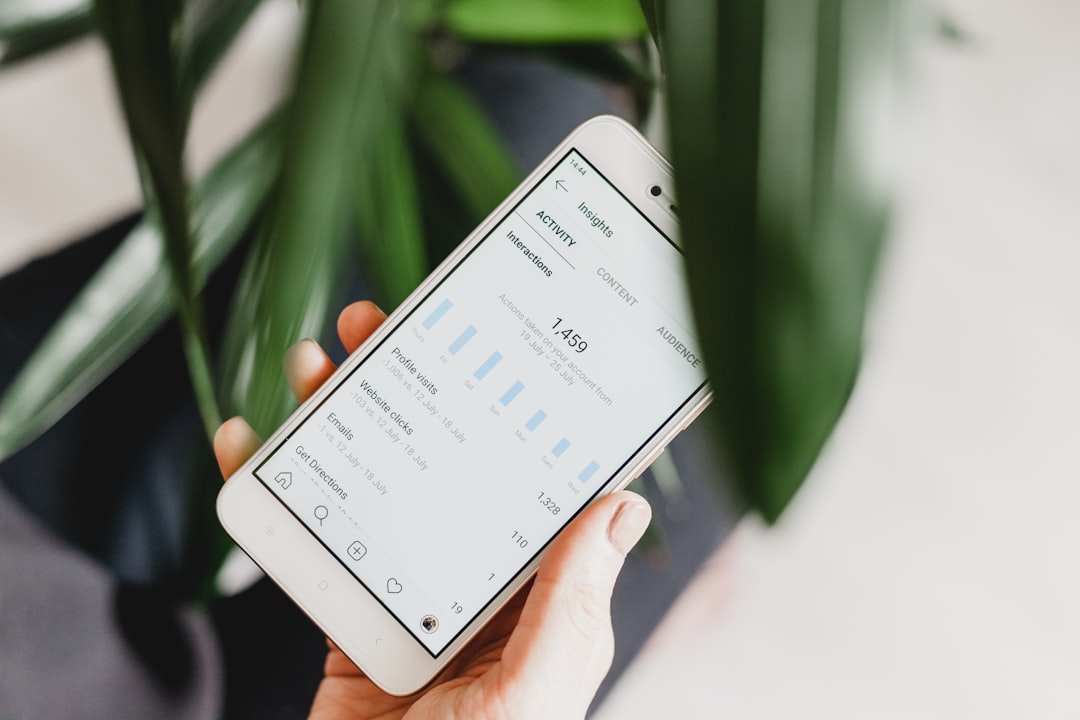
How to Create Economic Forecasts: A Comprehensive Guide
# Introduction. Creating economic forecasts is essential for businesses, governments, and financial institutions to strategize and make informed decisions. Economic forecasting involves predicting future economic conditions using historical data, statistical methods, and economic theory. Understanding how to create accurate and reliable forecasts can provide a competitive advantage in the marketplace. In this guide, we will explore the essential steps and methodologies involved in crafting economic forecasts. # Understanding Economic Indicators. Before diving into the process of creating forecasts, it's crucial to understand economic indicators. These indicators fall into three categories: leading, lagging, and coincident. Leading indicators, such as stock market performance and consumer sentiment, provide insight into the future movements of the economy. Lagging indicators, like unemployment rates and GDP growth, reflect trends after significant economic shifts. Finally, coincident indicators move concurrently with the economy and help measure current economic health. Familiarizing yourself with these indicators is vital for developing accurate forecasts. # Data Collection and Analysis. Data collection is the foundation of any economic forecast. Economists utilize various sources, including government databases, private sector reports, and international organizations. When collecting data, ensure it is reliable, up-to-date, and relevant to the specific economic conditions you are analyzing. Once you have gathered the necessary data, apply statistical analysis techniques to transform raw numbers into meaningful insights. Techniques such as regression analysis can help identify relationships among different economic variables, making it easier to forecast changes in the economy. # Choosing the Right Forecasting Model. Selecting an appropriate forecasting model is crucial in determining the accuracy of your predictions. There are several forecasting models, including qualitative, time series, and causal models. Qualitative models are useful when limited data exists and rely on expert judgment and market research, while time-series models analyze historical patterns over time. Causal models attempt to link economic outcomes with influencing factors. Familiarize yourself with various models and select one that best suits your data and desired forecasts. # Incorporating Expert Judgment. While quantitative models play a significant role in forecasting, the human element is equally important. Economic conditions can change rapidly based on geopolitical events, technological advancements, or natural disasters. Incorporating expert judgment helps contextualize the data and brings a nuanced perspective to your forecasts. Collaborating with economic analysts or industry experts can enhance the quality of your predictions and add depth to your understanding. # Validating and Testing Your Forecasts. Accuracy is paramount when creating economic forecasts. After you have developed your predictions, validate them against historical data to assess their reliability. Consider what went right and wrong in previous forecasts and refine your methodology accordingly. Use techniques such as back-testing to compare your forecasts against actual outcomes. This iterative process will help improve the accuracy of your future predictions and build credibility. # Communicating Your Findings. Once your forecasts are complete, it's essential to present them clearly and succinctly. Tailor your communication style to your audience, whether it be a corporate board, stakeholders, or the general public. Visual aids such as charts and graphs can enhance understanding and engagement. Providing contextual explanations about the underlying assumptions and methodologies can also help your audience appreciate the depth of your analysis and the reliability of your forecasts. # Conclusion. Creating effective economic forecasts is a complex yet rewarding endeavor. It requires a blend of quantitative analysis, qualitative insight, and prior experience. By mastering the techniques outlined in this guide, you can develop reliable forecasts that inform decision-making and strategic planning. Staying adaptable and continuously evaluating your methods will enable you to navigate the ever-changing economic landscape successfully. .









